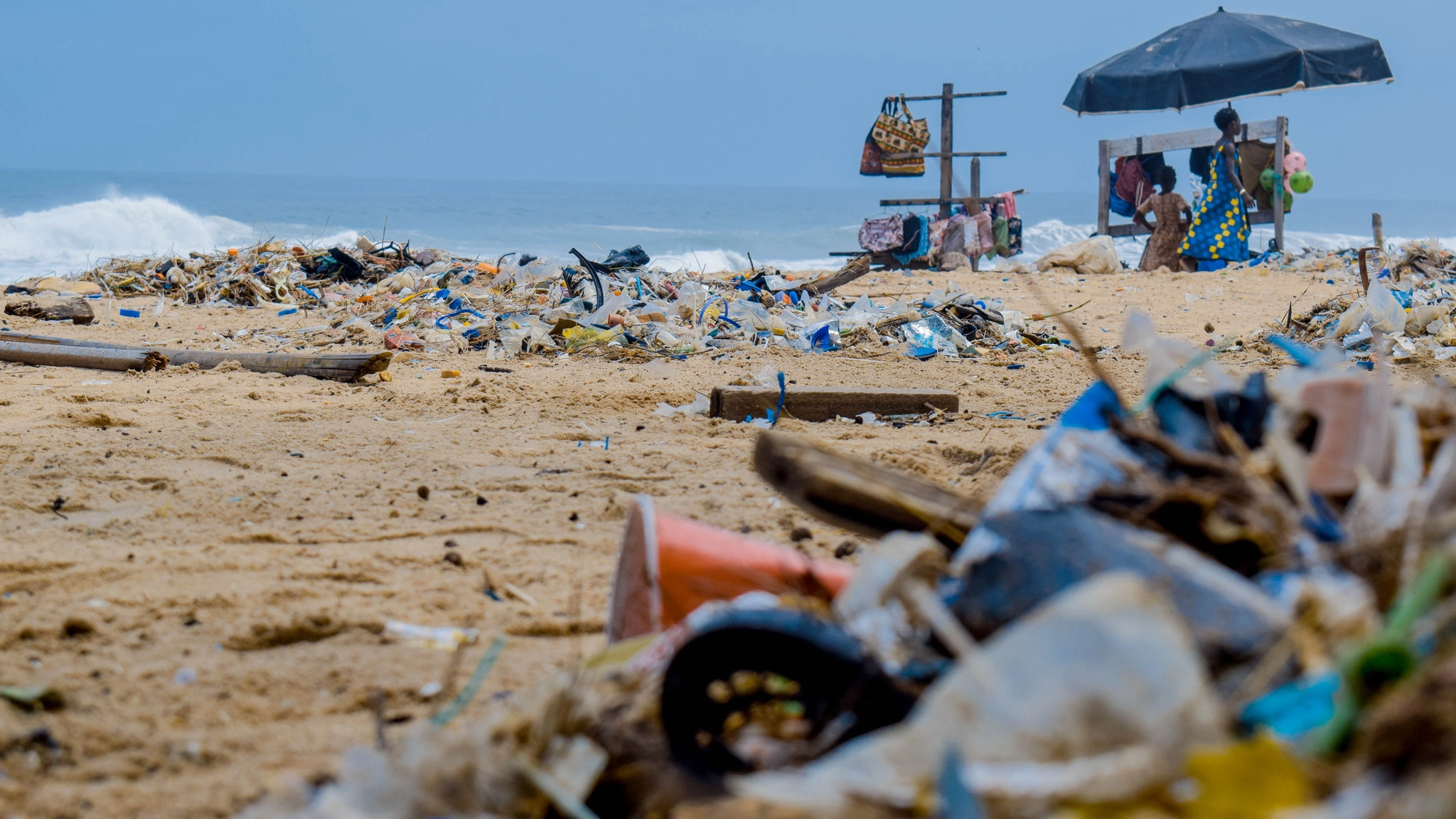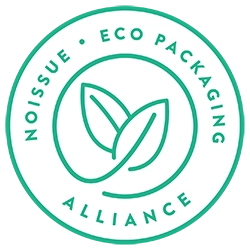Can plastic eating bacteria solve our problems?

There’s a plastic island twice the size of Texas floating around in our oceans. Who knows, perhaps it’s even bigger now. Our beaches are littered with plastic, and our landfills are chock full of the stuff. We’re doing everything we can to try and control the problem, but not everyone can say the same, and so the amount of plastic waste continues to grow. When you buy edible straws online, can you fix this problem?
No. Quite frankly, just buying a couple edible straws won’t take care of the problem. It’s a change in the positive direction, but it won’t take away from the staggering piles of plastic that we’ve accumulated over the decades. It’s indestructible stuff, and we use it for single-use items! It’s ridiculous.
However, a couple years ago, there was some exciting news in the scientific community that soon spread out to the world and had everyone buzzing. We weren’t around to cover it then, but we want to change that now. Scientists discovered a bacterium called Ideonella sakaiensis (I. sakaiensis for short) that can digest plastic. Yes, you heard that right!
So, what’s up with this bacterium, what does it do with the plastic it eats, and can we use it to solve our plastic pollution problem? These are all great questions, and we’ll answer them (and some others) in this article.
Ideonella sakaiensis: The miracle bacterium
From an article published on science.org: “Bacteria isolated from outside a bottle-recycling facility can break down and metabolize plastic. The proliferation of plastics in consumer products, from bottles to clothing, has resulted in the release of countless tons of plastics into the environment. Yoshida et al. show how the biodegradation of plastics by specialized bacteria could be a viable bioremediation strategy (see the Perspective by Bornscheuer). The new species, Ideonella sakaiensis, breaks down the plastic by using two enzymes to hydrolyze PET and a primary reaction intermediate, eventually yielding basic building blocks for growth.”
“Poly(ethylene terephthalate) (PET) is used extensively worldwide in plastic products, and its accumulation in the environment has become a global concern. Because the ability to enzymatically degrade PET has been thought to be limited to a few fungal species, biodegradation is not yet a viable remediation or recycling strategy. By screening natural microbial communities exposed to PET in the environment, we isolated a novel bacterium, Ideonella sakaiensis 201-F6, that is able to use PET as its major energy and carbon source. When grown on PET, this strain produces two enzymes capable of hydrolyzing PET and the reaction intermediate, mono(2-hydroxyethyl) terephthalic acid. Both enzymes are required to enzymatically convert PET efficiently into its two environmentally benign monomers, terephthalic acid and ethylene glycol.”
Translated to simple English, it means that a bacterium has been found which can digest plastic – which may be a viable remediation strategy. The bacterium uses two enzymes to break down the plastic – one of which is called PETase. This bacterium uses PET as its main energy source, which sounds promising.
Bear in mind that PETase may be a remediation strategy, so just because the option has come to light doesn’t mean you shouldn’t continue to buy edible straws online and make other little changes in your life that help the environment. Till we have the plastic problem under control to a large extent, there’s still the need to cut down on its use.
How was it found, and how does it do what it does?
From Fresh and Prispy: “Scientists in Japan analysed microbes living in sludge samples near a Japanese PET bottle recycling site. After five years and 250 samples, the bacterium Ideonella sakaiensis was found. This bacterium can digest plastic.
The bacterium I. sakaiensis uses an enzyme called PETase to break down and digest plastic. PET plastic is digested and converted to terephthalic acid and ethylene glycol, which are the raw materials used to create plastic. Neither of them is harmful to the environment, and they can be further broken down into carbon dioxide and water.
Scientists believe that the bacterium evolved to eat PET plastic, since it was in an area with copious amounts of it. Plastic was invented a mere 70 years ago, and for a life form to have evolved to subsist entirely off it so quickly is rather impressive.”
The plastic problem in stats
National Geographic lays out the problem clearly in numbers. Let’s take a look:
- Half of all plastics ever manufactured have been made in the last 15 years.
- Production increased exponentially, from 2.3 million tons in 1950 to 448 million tons by 2015. Production is expected to double by 2050.
- Every year, about 8 million tons of plastic waste escapes into the oceans from coastal nations. That’s the equivalent of setting five garbage bags full of trash on every foot of coastline around the world.
- Plastics often contain additives making them stronger, more flexible, and durable. But many of these additives can extend the life of products if they become litter, with some estimates ranging to at least 400 years to break down. This gives you a good idea of just how much plastic we’re dealing with, and why we need a solution as soon as possible. In fact, we needed a solution a long time ago.
A mutated version of the enzyme
From Fresh and Prispy: “The enzyme that I. sakaiensis uses to digest plastic can be – and has been – engineered to make it better. Scientists accidentally created a mutant enzyme that’s 20% more efficient than naturally-occurring PETase. NREL structural biologist Bryon Donohue said, in an interview, “After just 96 hours you can see clearly via electron microscopy that the PETase is degrading PET.”
This means that the enzyme can be further optimized, so future versions could be much better at eating plastic – and therefore of use for industrial purposes.
This is great news, because it means that it’ll be possible to fully recycle plastic for the first time. At present, plastic isn’t truly recycled. What’s done in recycling centres is, the waste plastic is melted and made into different products. So there’s no opportunity to decontaminate the plastic, or to turn it into raw material and start afresh.”
Is I. sakaiensis a viable solution to our plastic pollution problem?
You help a little bit every time you choose to buy edible straws online instead of reaching for a plastic straw. However, what if you didn’t have to bother about doing these little bits and could just live your life the way you wanted without worrying about creating plastic waste? Is that possible? Is PETase a viable solution, or merely a theoretical one?
In our opinion, PETase may be a viable solution in the future, after improvements. This is due to several reasons.
For one, the bacterium I. sakaiensis is easy to cultivate. In the past, when plastic-eating fungi and other life forms were discovered, they were really tricky to cultivate and grow in large numbers. Take the pestalotiopsis microspora fungus, for example. All this wonderful bacterium needs is the right temperature, some delicious plastic to chew on, and time.
Secondly, even though a mutant enzyme has been found that’s faster, PETase is pretty darn fast itself. It makes quick work of plastic compared to natural forces. While a plastic bottle might take centuries to break down in nature, with I. sakaiensis, it’s a matter of weeks (or months). Fresh and Prispy mentions: “Researchers found that a thumbnail sized piece of PET plastic needed 6 weeks at 30 degrees Celsius to fully break down. From 600 years down to 6 weeks.”
Another point from Fresh and Prispy: “Another great thing about PETase is that it digests PET or PETE – one of the most widely-used plastics in the world. PET is used commonly in disposable bottles, bags, containers, and ropes. There are many other types of plastic, a few of which aren’t in wide use today. An enzyme that digested those wouldn’t make as much of a difference.”
So, yes, PETase might be the answer to our problems in the not-too distant future! Until then…
Buy edible straws online!
People are often sarcastic and dismissive when they talk about avoiding plastic straws, because Hollywood and many other places have taken steps to ban their use. People think that this tiny bit of plastic won’t make a dent in our plastic problem. Well, that’s partially true – plastic straws are small fry compared to the enormous amounts of plastic packaging, cups and takeout containers that are thrown out each day.
However, what they don’t realize is the fact that plastic straws are harmful in other ways. They can break down and turn into microplastics that infiltrate our food and water supply. They leach chemicals into our soil. They are mistaken for food by seabirds, and accidentally ingested by tortoises and other sea creatures that die a painful death because of it.
So, to protect our beautiful marine creatures and seabirds, buy edible straws online. It’s a tiny change that will not only upgrade your lifestyle, but also serve two purposes, and help our beautiful Earth. For more products that have multiple uses, watch out for our next blog.

